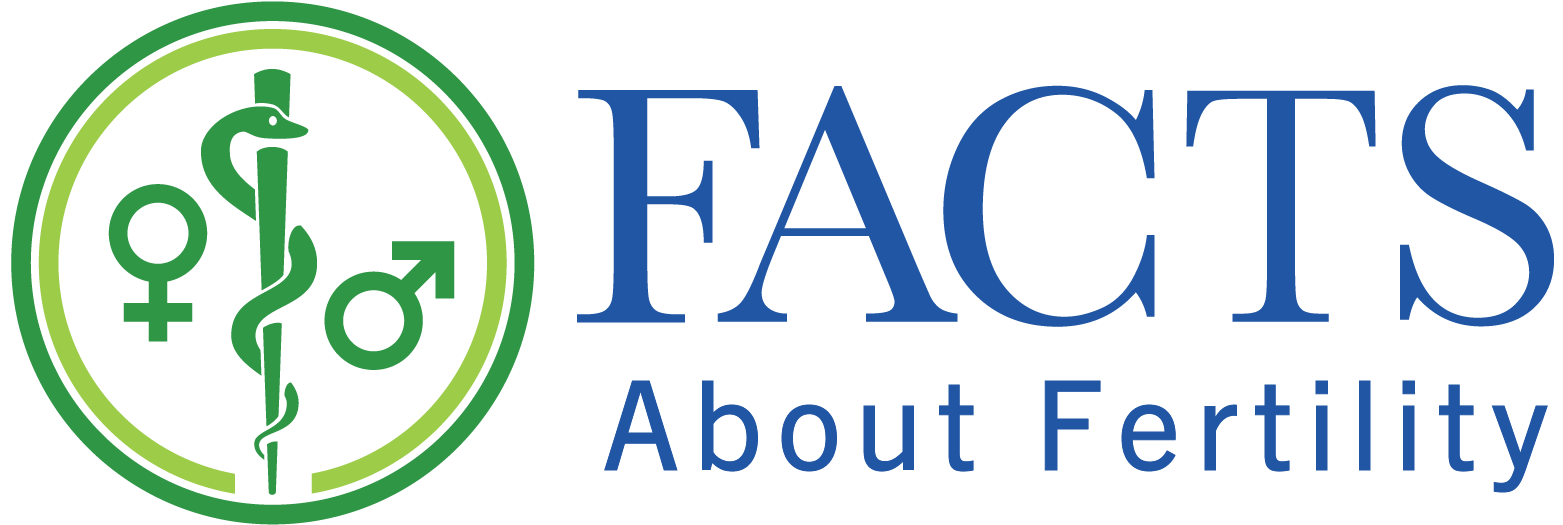By: Salvatore Vassallo, DO
Director’s Note: Treatment for abnormal uterine bleeding (AUB) varies depending on the acuity, stability, and suspected etiology. Salvatore Vassallo, DO, an emergency medicine resident and former FACTS elective participant, highlights the need to consider reproductive aspects of AUB in a treatment plan. In his summary of management protocols for acute abnormal uterine bleeding put forth by the American College of Obstetricians and Gynecologists (ACOG),[1] Vassallo points out the implications of AUB for decreased fertility. Fertility awareness-based methods (FABMs) present a valuable addition in the diagnosis and management of AUB. A woman’s chart may lend insight into irregular bleeding patterns and assist a physician to identify likely causes while developing a treatment plan that considers her future family planning goals.
Introduction
Normal menses is defined as occurring every 24-38 days with a duration of 8 days or less, a volume of blood loss of 5mL to 80mL, and less than 7-9 days variation between cycle lengths.[2] Individuals who do not meet these criteria are considered to have abnormal uterine bleeding (AUB). AUB can be acute or chronic, with acute AUB consisting of excessive bleeding that may require immediate intervention. For this reason, acute AUB warrants swift initial evaluation for signs of hemodynamic instability before identifying the etiology. If hypovolemia is suspected, two large bore IVs should be placed for initial fluid resuscitation, and preparations should be made for blood transfusion and clotting factor replacement if warranted.
After initial assessment, evaluation, and stabilization of the patient, the underlying cause of acute AUB should be identified to ascertain the next appropriate steps in management. Acute management of the bleeding can be achieved through various pharmacological or surgical methods, after which a plan for chronic AUB management should be implemented.
Etiology
Once the patient is stabilized, the etiology of the acute bleeding episode should be considered. The acronym PALM-COEIN is an internationally recognized way to classify AUB. “PALM” represents AUB related to structural abnormalities while “COEIN” denotes AUB unrelated to structural abnormalities. The causes of AUB related to structural abnormalities (PALM) are Polyps, Adenomyosis, Leiomyoma, and Malignancy and hyperplasia. Etiologies unrelated to structural abnormalities (COEIN) include Coagulopathy, Ovulatory dysfunction, Endometrial, Iatrogenic, and Not yet classified. To determine the etiology, a thorough history and physical exam is performed along with laboratory testing and imaging, if indicated. It is imperative to determine the specific cause of AUB because different causes require different management.
“It is imperative to determine the specific cause of abnormal uterine bleeding because different causes require different management.”
History and Physical Examination
The patient history should include all pertinent details surrounding the current bleeding episode, any previous AUB, and complete obstetric, gynecologic, menstrual, sexual, surgical, past medical and family histories. It is worth noting that of women with heavy menstrual bleeding, up to 13% have some variant of von Willebrand disease, and up to 20% have an underlying coagulation disorder. Thus, all patients presenting with acute AUB should be screened for bleeding disorders by inquiring about any history of postpartum hemorrhage, bleeding related to surgery or dental work, easy bruising, nose bleeds, gum bleeding, and/or family history of bleeding symptoms.

“In women with heavy menstrual bleeding, up to 13% have some variant of von Willebrand disease, and up to 20% have an underlying coagulation disorder. Thus, all patients presenting with acute AUB should be screened for bleeding disorders.”
After assessing for signs of hemodynamic instability and hypovolemia, the physical exam focuses on identifying the source of bleeding and determining whether it is gynecologic or not. A speculum and bimanual examination will identify any genital trauma, vaginal or cervical findings that could be a source of AUB. The pelvic examination also aids in determining the amount and intensity of bleeding and any uterine irregularity or enlargement that may be associated with a structural etiology (PALM).
Testing
Initial laboratory testing for patients presenting with acute AUB includes a CBC, type and screen, pregnancy test, coagulation studies, and fibrinogen. Any abnormalities in initial labs or a positive screening for disorders of hemostasis in the history warrant specific testing for von Willebrand and other coagulopathies. These additional tests may include von Willebrand factor antigen, Ristocetin cofactor assay, and Factor VIII levels. Other laboratory tests to consider include TSH, iron studies, liver function tests, and STI testing.
Treatment
The choice of treatment for acute AUB varies depending on acuity, stability, and suspected etiology. Desire for future fertility must also be taken into account when considering some surgical management options. To stop acute AUB non-operatively, one treatment option is IV equine estrogen, which has been shown to stop bleeding in nearly 75% of patients within 8 hours. For less severe cases, combined oral contraceptive pills (OCPs) and oral progestins are also effective in halting AUB, although studies have found it takes about 3 days to stop the bleeding in most women. It is important to note there are many contraindications to IV equine estrogen, OCPs, and progestins that must be considered before choosing these options. Antifibrinolytic drugs, such as tranexamic acid, have also been shown to stop bleeding, but no studies have evaluated the exact efficacy of AUB.
A non-pharmacological and non-surgical option to halt AUB is intrauterine tamponade with a 26-French Foley catheter. Surgical management can be considered based on contraindications to medical management, lack of response to medical management, or severe bleeding and hemodynamic instability. Dilation and curettage (D&C), uterine artery embolization, endometrial ablation, and hysterectomy may be considered depending on the etiology of the bleeding and the desire for future fertility. Endometrial ablation and hysterectomy should only be performed if the patient does not have plans for future childbearing, but a hysterectomy may become necessary as a life-saving last resort. Once the acute AUB is controlled, long-term management of AUB can be attained through the use of OCPs, oral or IM progestins, tranexamic acid, NSAIDs, or the intrauterine levonorgestrel system.
Summary and Discussion
Acute AUB should first be approached by assessing for hemodynamic instability and taking appropriate measures to stabilize the patient. Next, the history and physical exam, as well as any indicated laboratory testing and imaging, should be performed to determine the exact etiology, which is classified by the PALM-COEIN acronym. Contraindications to individual therapies and the patient’s desire to preserve fertility are crucial factors in choosing the most appropriate medical or surgical intervention. Once the acute event is controlled, chronic management is considered.
It is important to consider the reproductive implications of abnormal AUB, as many conditions that cause AUB may directly affect fertility and lead to difficulty in achieving pregnancy. In addition, many of the chronic treatments for AUB directly prevent pregnancy, such as OCPs, IUDs, and intrauterine levonorgestrel. On the other hand, identifying the etiology of the bleeding and targeting treatment to address the specific cause of AUB can improve fertility, as when treating endometrial polyps with hysteroscopic polypectomy.
“It is important to consider the reproductive implications of abnormal AUB, as many conditions that cause AUB may directly affect fertility and lead to difficulty achieving pregnancy.”
It is also significant to note that fertility awareness-based methods (FABMs) can be useful in identifying the etiology of AUB. For instance, intermenstrual bleeding documented in a patient’s chart of her menstrual cycle may point to a possible etiology of endometrial polyps. Adenomyosis can be suspected when heavy bleeding with clots is charted, and leiomyoma may be suspected when heavy bleeding and spotting are charted. Future research in the field of cycle charting and the relation of chart abnormalities to specific AUB etiologies is needed, and may prove useful for clinicians to more easily and swiftly differentiate between the different causes of acute AUB.
References
[1] Management of Acute Abnormal Uterine Bleeding in Nonpregnant Reproductive-Aged Women. Acog.org. Published 2013. Accessed November 16, 2020. https://www.acog.org/clinical/clinical-guidance/committee-opinion/articles/2013/04/management-of-acute-abnormal-uterine-bleeding-in-nonpregnant-reproductive-aged-women.
[2] Davis E, Sparzak PB. Abnormal Uterine Bleeding. Nih.gov. Published June 23, 2020. Accessed November 16, 2020. https://www.ncbi.nlm.nih.gov/books/NBK532913/.
ABOUT THE AUTHOR
Salvatore Vassallo, DO
Salvatore Vassallo, DO is an emergency medicine resident physician at HCA Florida Brandon Hospital. He wrote this summary while enrolled in the FACTS elective as a fourth-year medical student at Nova Southeastern University College of Osteopathic Medicine. Vassallo enrolled in the FACTS elective to enhance his clinical knowledge of women’s health. He is grateful to have had the opportunity to learn more about FABMs and the crucial information that can be obtained through charting.
Inspired by what you read?
You can support the ongoing work of FACTS here. To connect with a member of our team, please email development@FACTSaboutFertility.org. Interested in becoming an individual or organizational member? You can learn more and register here. To discuss with a member of our team, please email membership@FACTSaboutFertility.org.





